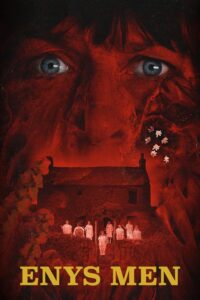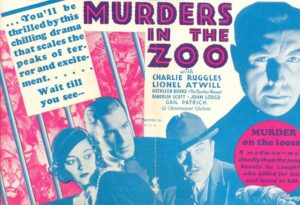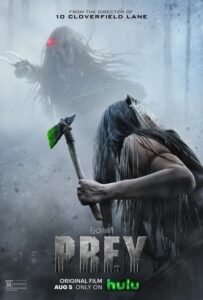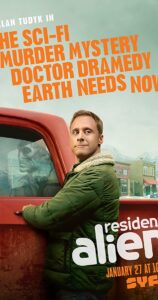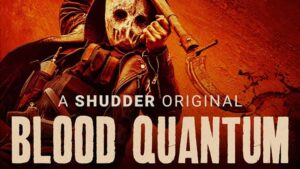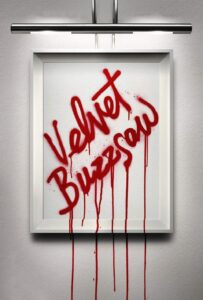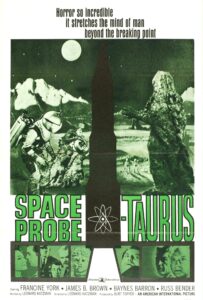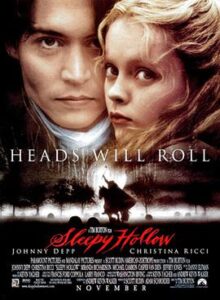.
Even someone as disconnected from the world of professional sports like myself knows that soccer is a low scoring game. It’s quite a shock to discover that it is a historical fact that the American Samoa team were crushed, annihilated, and humiliated by Australian National team losing to them by the astounding seemingly impossible score of 31-0. Next Goal Wins is the comedic, true-life inspired, sport feature film from Taika Waititi.
If you have seen comedy sports team movies before, such as The Mighty Ducks or The Bad News Bears, then you will instantly recognize the structure of this movie. The irascible tantrum throwing coach, in this case Thomas Rongen (Michael Fassbender) is tasked against his will to bring a team of outcasts, misfits, and oddballs into some sort sporting shape before an emotionally important game. Along the way the team learns something of value from the coach and the coach learns that there is more to life than sports and that he shouldn’t judge on early impressions.
Nothing in Next Goal Wins breaks this fundamental story construction, but two things do make this movie distinct. First, the film take time to respect and enjoy the culture of American Samoa. The people of this island nation are the real heart of soul of the production. Secondly the film is very much fixed in the off-beat humor of its director and co-writer Taika Waititi. Waititi’s humor is grounded in humanism. It is rarely cruel or mean and often celebrates humanity’s oddness that produces such infinite variety. Much like his current HBO series Our Flag Means Death, this film elevates the weird and different illustrating that joy is a much better way to live than anger.
This film is not a deep exploration of human soul, but it is concerned with that soul and that to be happy is important and sometimes it is choice. This is one well worth seeing.
Next Goal Wins is currently playing in theatrical release.
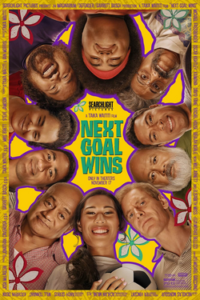

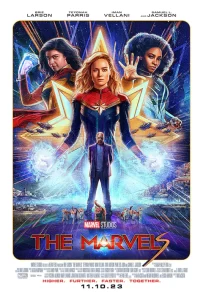
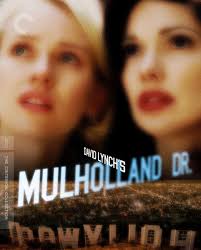 .
.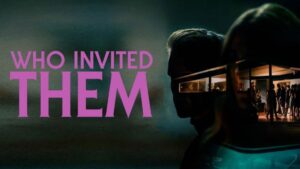 .
.